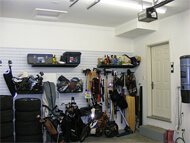Frigid winter temperatures can wreak havoc in and around your garage. More than a mere inconvenience, freezing temperatures can drain the energy efficiency of your home, putting a sizable dent in your wallet. Preventive maintenance in your garage will save you time and heating energy while preventing expensive repairs. Consider four ways you can reduce costs by winterizing your garage.
Organize Your Garage
 Avoid the frustration of rummaging through the garage to locate the window washer fluid or a shovel when it’s icy outside. Organize your garage for the most efficient use during winter (and throughout the year). A complete garage renovation during a bitter cold Toronto winter isn’t feasible. However, the following steps will help you organize your garage for winter:
Avoid the frustration of rummaging through the garage to locate the window washer fluid or a shovel when it’s icy outside. Organize your garage for the most efficient use during winter (and throughout the year). A complete garage renovation during a bitter cold Toronto winter isn’t feasible. However, the following steps will help you organize your garage for winter:
- Group items into task-related zones. Create zones for winter sports, automotive care, winter yard care, tools, household items and the garbage and recycling. You can quickly locate the item you need when it’s stored in the same place every time.
- Store chemicals, household products and other items in garage storage cabinets. Tall, locked, vertical cabinets keep dangerous chemicals beyond the reach of pets and small children. Horizontal cabinets create hidden, accessible storage. Countertops double as project workspace. Relocate paint and fuel gels, which can freeze, inside during winter.
- Reclaim floor space with a garage slatwall organization system. Lockable hooks, shelves and baskets provide flexible storage for ice skates, sleds and hockey sticks. Shelves, hooks and baskets can be quickly and easily moved. High hooks and shelves keep items out of little hands. Low baskets enable small children to store and retrieve their own winter toys and gear.
- Store out-of-season items or those infrequently used on overhead garage storage Overhead storage racks are ideal for storing outdoor furniture cushions, holiday decorations and bulky items that take up too much space.
Garage organization doesn’t have to be daunting. Keep it simple until you’re prepared for a more ambitious garage renovation.
Weatherproof Your Garage
The harsh Canadian winter is tough on garages. Heat loss during cold weather wastes energy and significantly increases heating costs. Take an hour or so to care for the tasks below. You’ll reduce energy costs and prevent costly repairs.
- Seal garage door and trim. Reduce drafts in your garage by applying weatherstripping around the sides and bottom of the garage door. Caulk the leading edge of the newly-installed weatherstripping. Fill gaps in garage door trim using foam or caulk backer rod (for larger gaps). Finish up with a quality indoor/outdoor caulk.
- Insulate the garage door. Heat loss via your garage door can lower the temperature inside your garage (and the vehicles stored there) considerably. A single or double layer of foam board installed between the garage door frames reduces heat loss.
- Fix or replace weather stripping around doors and windows. A tight seal is the key to keeping warm air inside and cold air out. Weatherstripping around windows and doors compresses over time and deteriorates due to age, exposure to the elements and other damage. Do a visual inspection of weatherstripping around windows and doors. Look for obvious damage. Close the door and check for gaps. Repair or replace weatherstripping as needed.
- Insulate older, less efficient water heaters. Newer water heaters are insulated for cost-effective operation during brutally cold winters. Older tanks with an R-value rating of less than 24 must work harder to heat water and keep it warm, especially when located in an unheated space. Reduce heat loss by up to 45% and cut your heating costs by as much as 9% by draping the water heater with a water heater insulation blanket.
- Insulate outside wall light switches and electrical outlets. As much as 5% of outside air that seeps inside your home each year enters via exterior wall light switches and electrical outlets. Reduce drafts and heat loss with inexpensive foam insulation designed for electrical covers.
Prevent Pipes from Freezing
Frozen water pipes and spigots can cause costly damage to your home. To prevent damage:
- Drain, remove and store garden hoses. If left connected, ice can form and create pressure in interior water lines. This could lead to an expensive water line break. Instead, remove the hose, drain it and store it.
- Turn off outside water sources during the frigid winter months. If there is an interior shut-off valve, cut off the water to exterior water spigots. Allow water to drain from faucet to prevent freezing.
- Insulate pipes. An insulated faucet jacket will protect your exterior water spigot and connected interior pipes from frigid temperatures.
In addition to preventing damage and costly repairs, you’ll prevent accidents that could occur when dripping water freezes, creating a slippery surface.
Seal Garage Floors
 A polyaspartic flooring system is a tough, durable floor coating with the look of granite. It seals floors, keeps moisture out, reduces dust, provides non-slip grip and is easy to clean. This professionally-installed flooring system includes a ten-year warranty and is available in a wide range of colours.
A polyaspartic flooring system is a tough, durable floor coating with the look of granite. It seals floors, keeps moisture out, reduces dust, provides non-slip grip and is easy to clean. This professionally-installed flooring system includes a ten-year warranty and is available in a wide range of colours.
This winter, your garage will take a beating from cold temperatures, ice and snow. Lessen the impact of harsh winter weather by organizing your space with a garage wall storage system and garage cabinets; weatherproofing your water heater, windows, doors and electrical outlets; turning off exterior water sources; and sealing garage floors.
Ready to improve the look and function of your garage? Garage Tailors Garage specializes in custom garage renovations designed to maximize storage and make your garage the envy of the neighborhood. Request a consultation and reserve your space today on our spring garage renovation schedule.
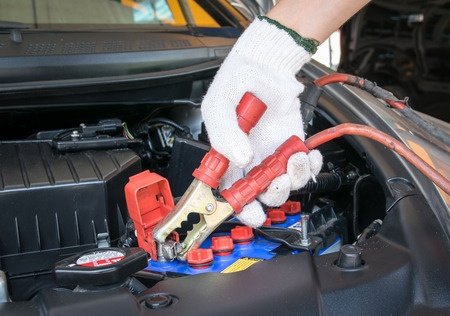




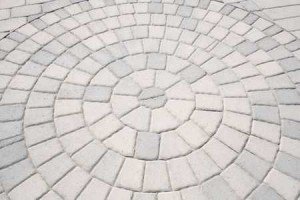
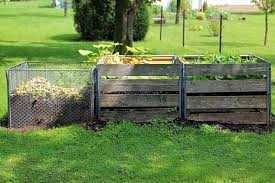
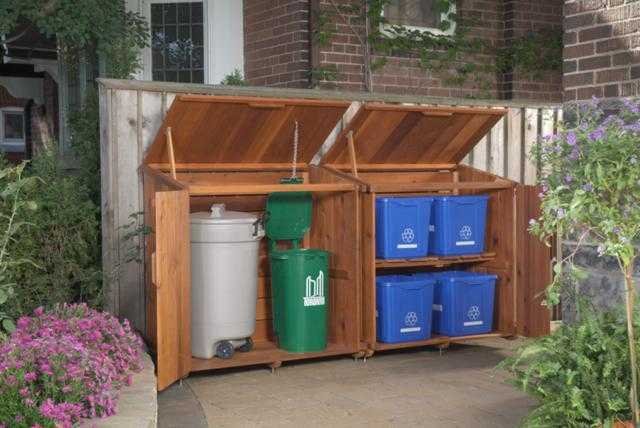
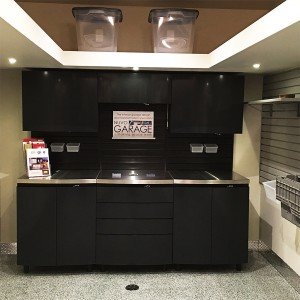



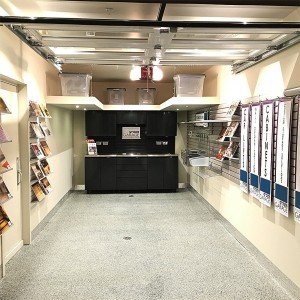




 The items in a typical garage can generally be classified into the following categories: household supplies, automotive supplies, gardening tools and supplies, recycling and waste disposal, tools and workbenches and sporting goods. Create
The items in a typical garage can generally be classified into the following categories: household supplies, automotive supplies, gardening tools and supplies, recycling and waste disposal, tools and workbenches and sporting goods. Create 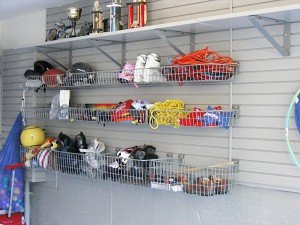 Ever had to dig through half a dozen boxes to find an item? It’s time-consuming and frustrating. Eliminate this time suck by clearly displaying items whenever possible. This can be achieved with open shelving or clear storage boxes.
Ever had to dig through half a dozen boxes to find an item? It’s time-consuming and frustrating. Eliminate this time suck by clearly displaying items whenever possible. This can be achieved with open shelving or clear storage boxes.
